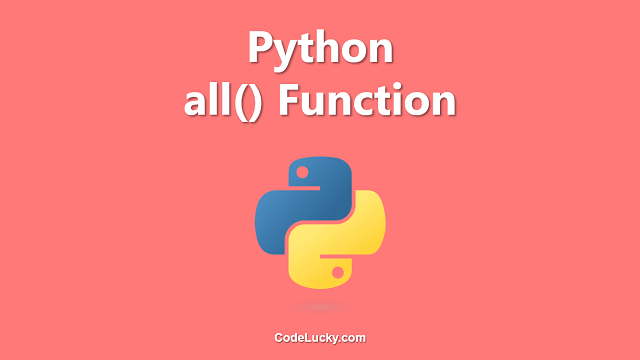A set is an unordered collection of unique elements. Python provides several built-in methods for manipulating sets, including the issuperset() method. The issuperset() method returns a Boolean value indicating whether a set contains all the elements of another set, which means that it is a superset of the other set.
Syntax
set.issuperset(set)
The issuperset() method takes one argument as a set and returns True if the set contains all the elements of the given set. Otherwise, it returns False.
Return Value
- If the set contains all the elements of the given set, it returns
True. - If the set does not contain all the elements of the given set, it returns
False.
Examples
Example 1: Using issuperset() method with two sets
Let’s create two sets and check if the first set is a superset of the second set using the issuperset() method:
# Create two sets
set1 = {1, 2, 3, 4, 5}
set2 = {1, 2, 3}
# Check if set1 is a superset of set2
result = set1.issuperset(set2)
# Print the result
print(result)
Output:
True
In the above example, we created two sets (set1 and set2) and checked if set1 is a superset of set2 using the issuperset() method. Since all the elements of set2 are present in set1, the method returns True.
Example 2: Using issuperset() method with a subset
Let’s create a set and check if it is a superset of a subset using the issuperset() method:
# Create a set and a subset
superset = {1, 2, 3, 4, 5}
subset = {1, 2, 3}
# Check if superset is a superset of subset
result = superset.issuperset(subset)
# Print the result
print(result)
Output:
True
In the above example, we created a superset (superset) and a subset (subset) and checked if superset is a superset of the subset using the issuperset() method. Since all the elements of subset are present in superset, the method returns True.
Example 3: Using issuperset() method with a non-superset
Let’s create two sets and check if the first set is a superset of the second set using the issuperset() method:
# Create two sets
set1 = {1, 2, 3}
set2 = {4, 5, 6}
# Check if set1 is a superset of set2
result = set1.issuperset(set2)
# Print the result
print(result)
Output:
False
In the above example, we created two sets (set1 and set2) and checked if set1 is a superset of set2 using the issuperset() method. Since not all the elements of set2 are present in set1, the method returns False.
Use Cases
- Checking if a set contains all the elements of another set: This is the main use case of the issuperset() method. You can use it to check whether a set is a superset of another set. For example, if you have a set of required courses and a set of completed courses, you can use issuperset() to check whether all the required courses have been completed.
- Validating user input: You can use issuperset() to validate user input in situations where the user is expected to provide a set of values. For example, if you have a set of valid options and the user is expected to select one or more options, you can use issuperset() to check whether the user’s input is valid.
- Filtering data: You can use issuperset() to filter data based on whether a set of values is present in a larger set. For example, if you have a list of products and a set of features, you can use issuperset() to filter the list to only include products that have all the required features.
- Finding common elements: You can use issuperset() to find common elements between two sets. For example, if you have two sets of products and you want to find the products that are in both sets, you can use issuperset() to check whether one set is a superset of the other set.







